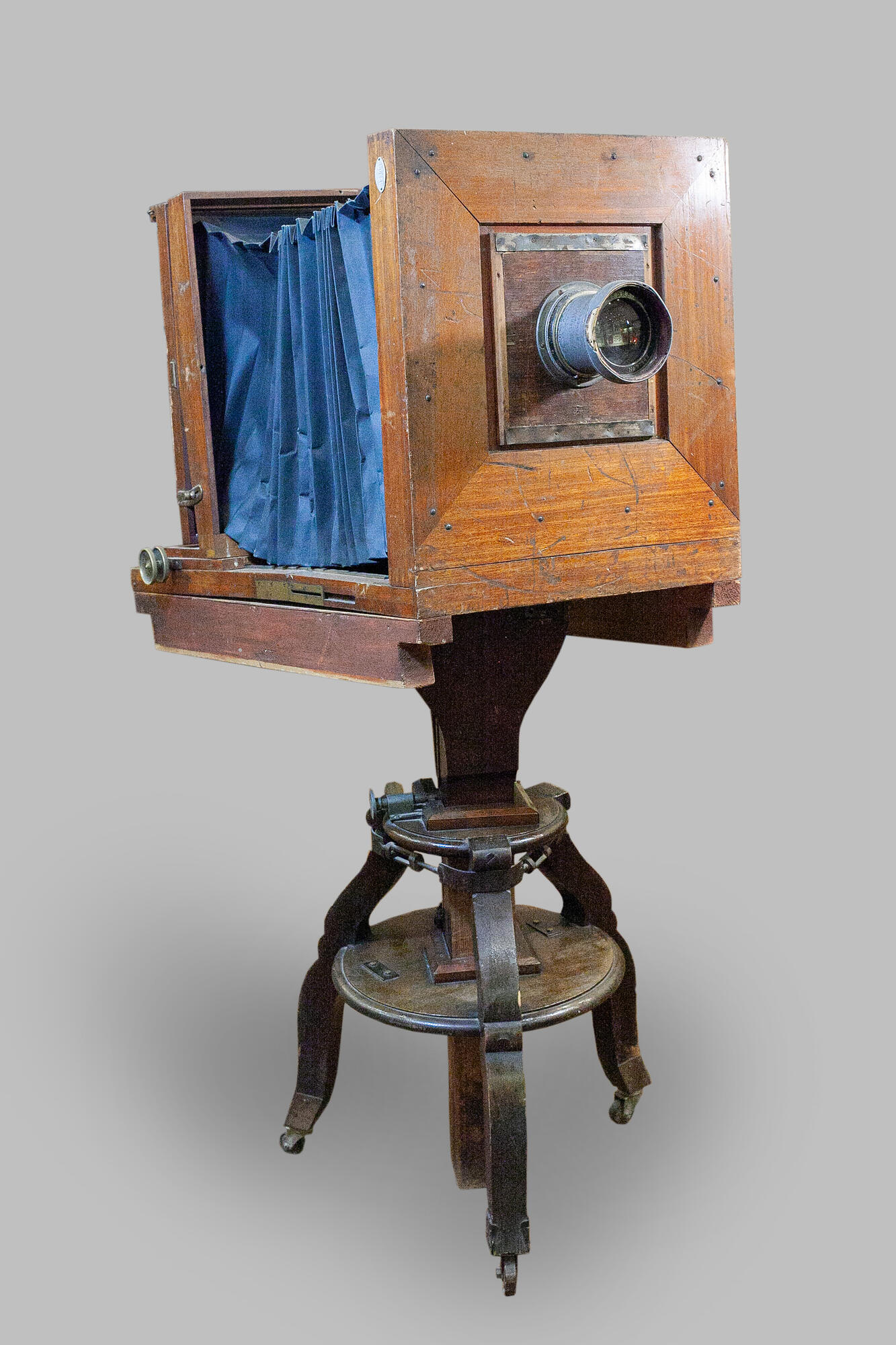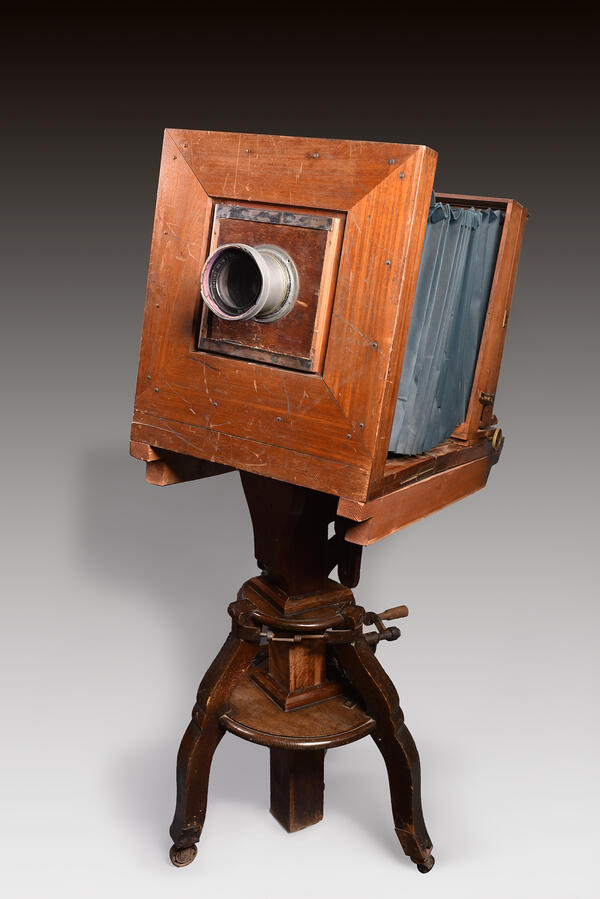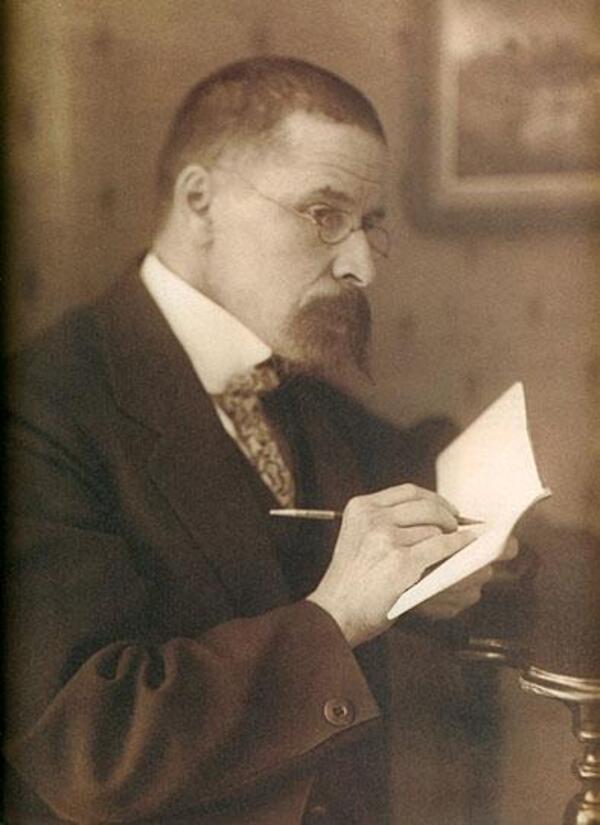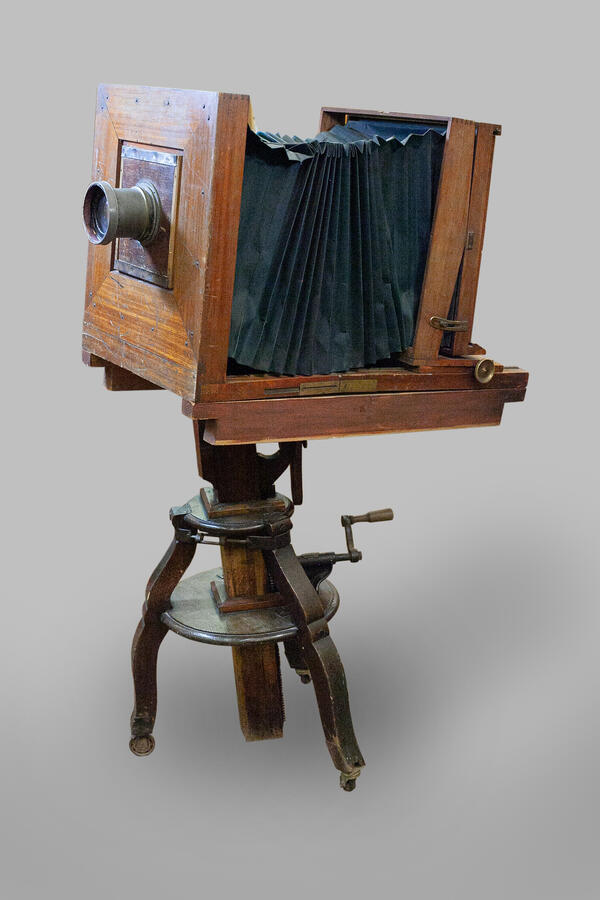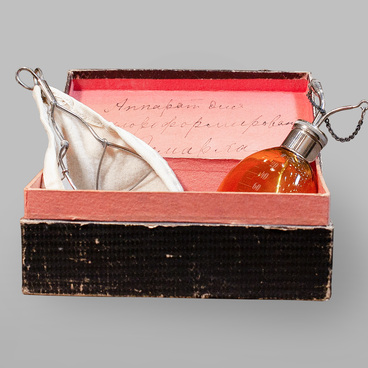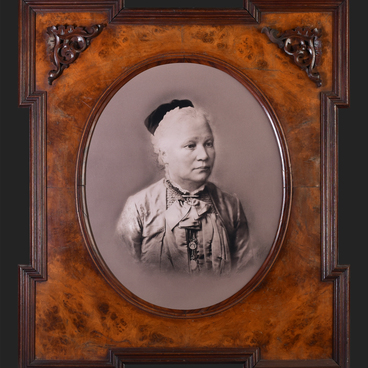The “Photo Studio” section of the “Characters and Events of Vyatka History” features a large studio camera that invariably amazes the visitors of the Diorama exhibition.
The first photo studios were established in Vyatka in the 1860s, and photography immediately became a profitable business. There were comfortable armchairs in photo studios, while portraits of the emperor, his family, and famous local merchants hung on the walls.
The first cameras were bulky, weighing over 50 kilograms. The shutter speed of the cameras ranged between 5 and 15 minutes, which is why there were headrests on the chairs to help the customer hold their head still.
Vyatka’s most fashionable photo studio at the beginning of the 20th century was the studio of Sergey Alexandrovich Lobovikov. He was born into a poor rural family, but his diligence helped him become one of the best photographers in the Russian Empire. He was the one who preserved for us the unique images of Vyatka peasants, the provincial town, which has long been gone, and the faces of ordinary people who visited the photographer’s studio.
At the age of 14, after the death of his parents, Lobovikov was sent to Vyatka where he worked “for food and housing” as an apprentice to the owner of a photo studio — the famous photographer Pyotr Grigoryevich Tikhonov. Lobovikov spent five years as Tikhonov’s assistant. Many years later, Pyotr Tikhonov said about his former student,
The first photo studios were established in Vyatka in the 1860s, and photography immediately became a profitable business. There were comfortable armchairs in photo studios, while portraits of the emperor, his family, and famous local merchants hung on the walls.
The first cameras were bulky, weighing over 50 kilograms. The shutter speed of the cameras ranged between 5 and 15 minutes, which is why there were headrests on the chairs to help the customer hold their head still.
Vyatka’s most fashionable photo studio at the beginning of the 20th century was the studio of Sergey Alexandrovich Lobovikov. He was born into a poor rural family, but his diligence helped him become one of the best photographers in the Russian Empire. He was the one who preserved for us the unique images of Vyatka peasants, the provincial town, which has long been gone, and the faces of ordinary people who visited the photographer’s studio.
At the age of 14, after the death of his parents, Lobovikov was sent to Vyatka where he worked “for food and housing” as an apprentice to the owner of a photo studio — the famous photographer Pyotr Grigoryevich Tikhonov. Lobovikov spent five years as Tikhonov’s assistant. Many years later, Pyotr Tikhonov said about his former student,
